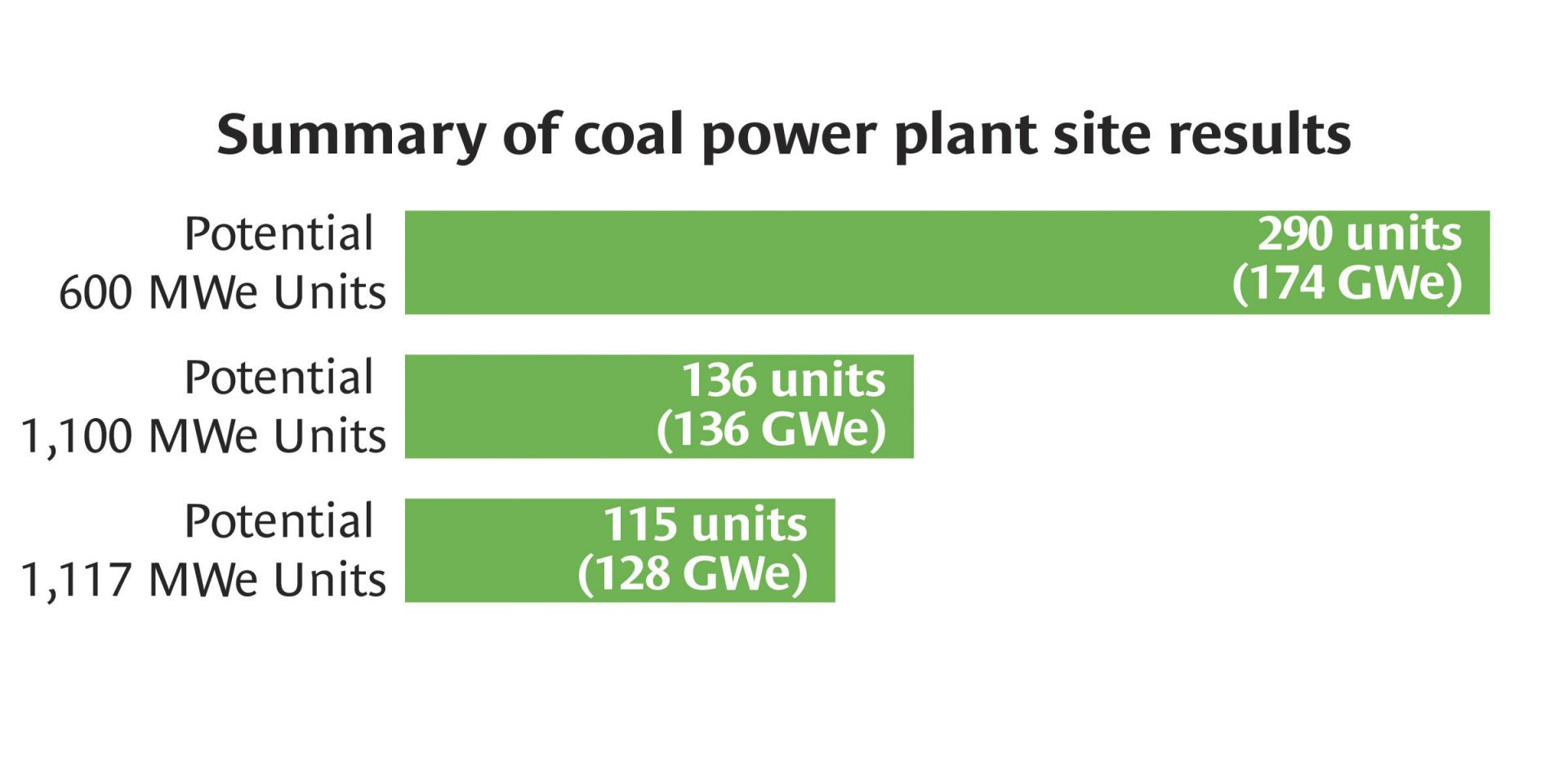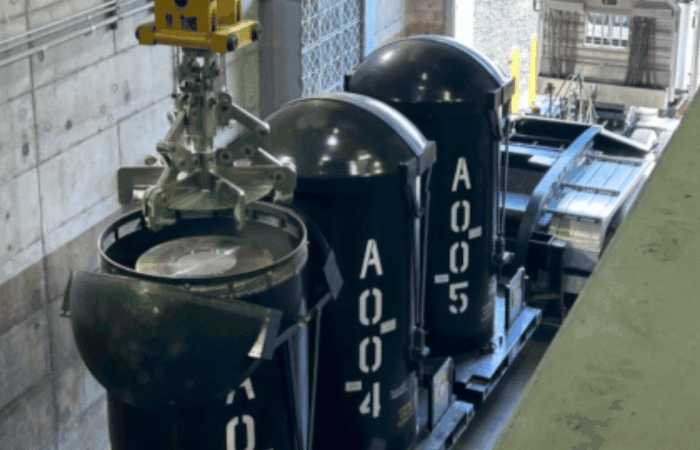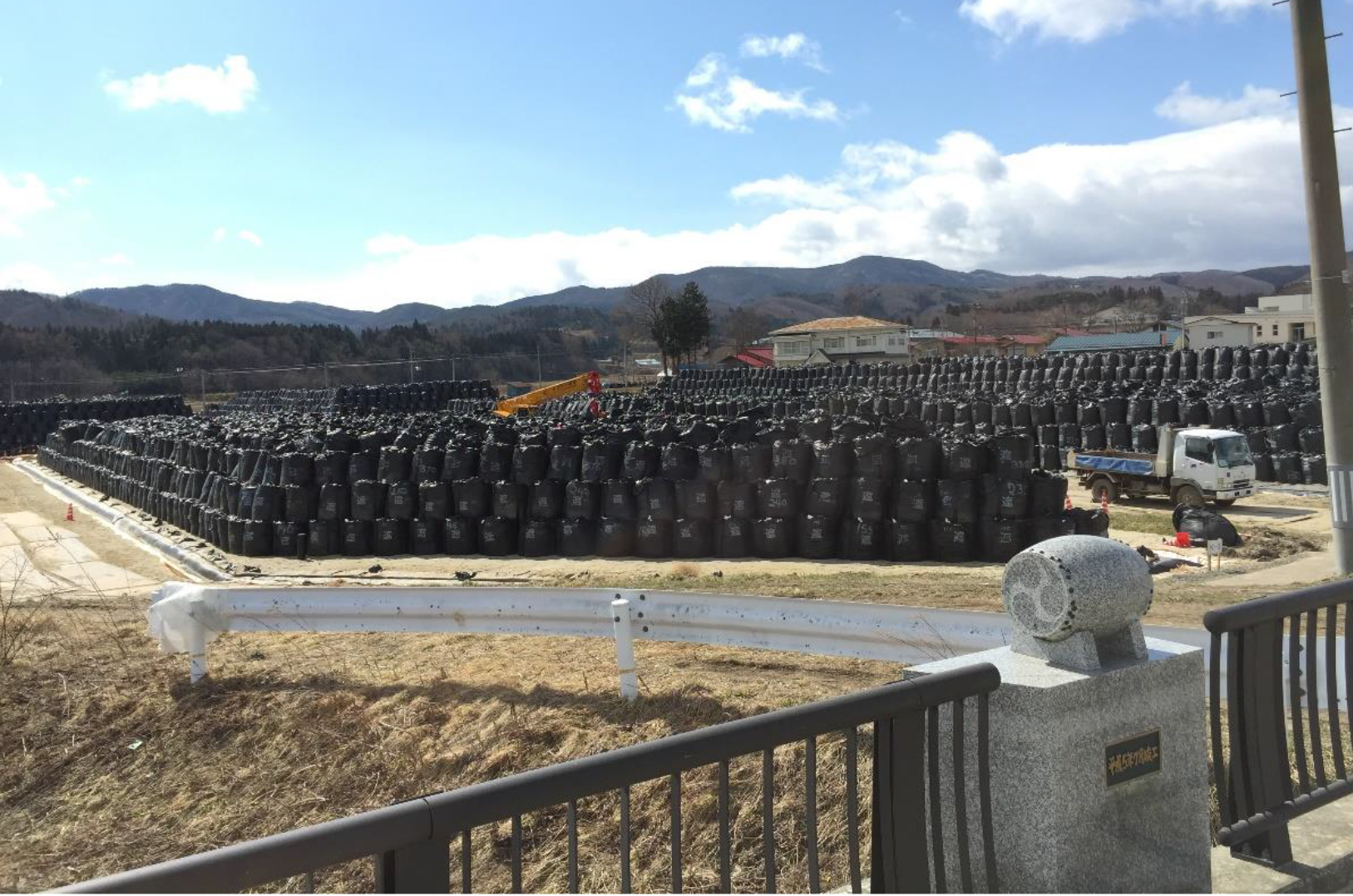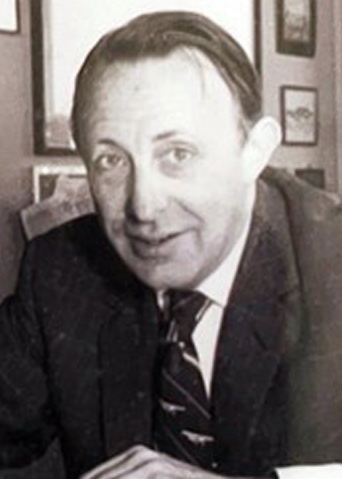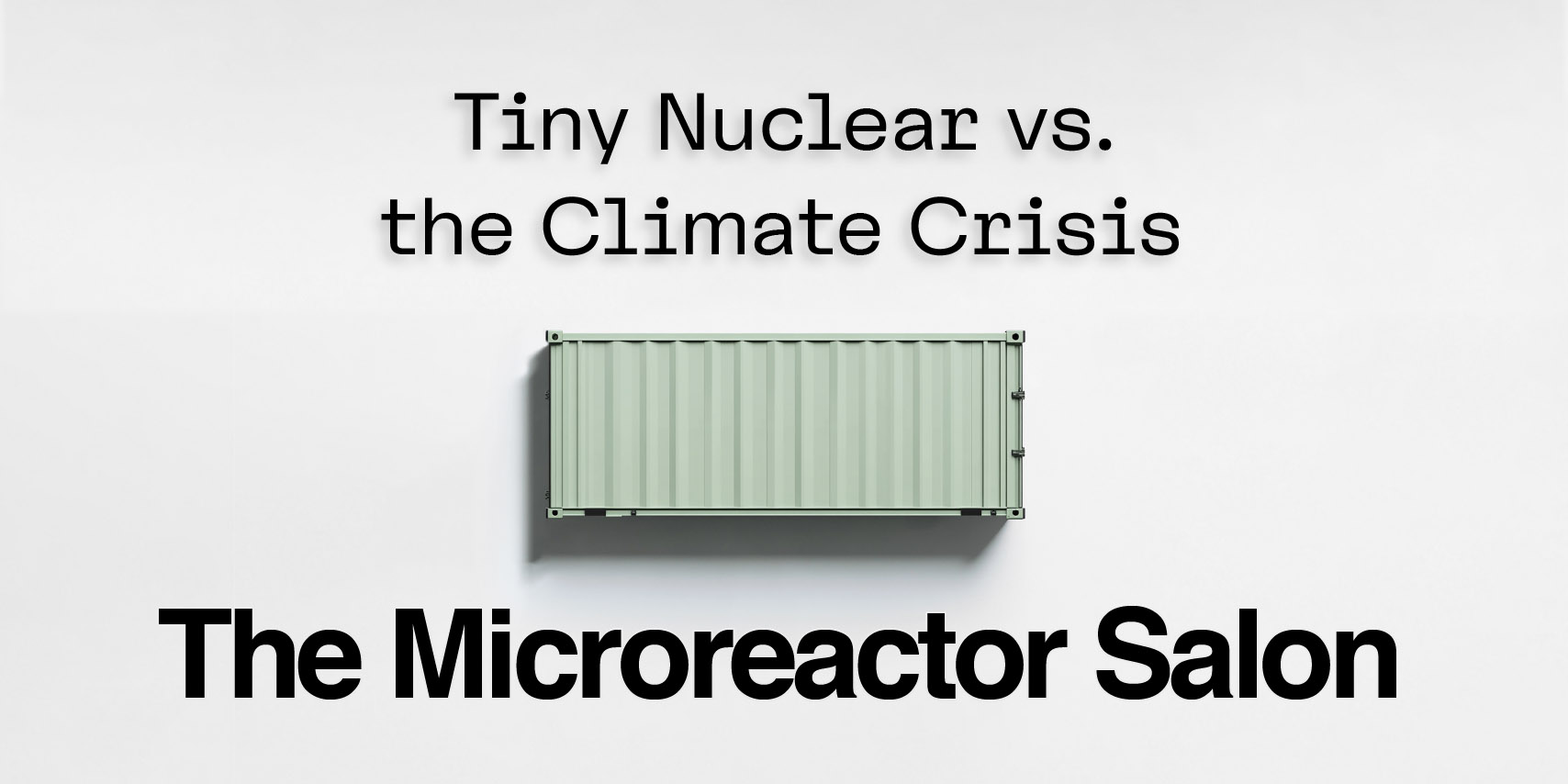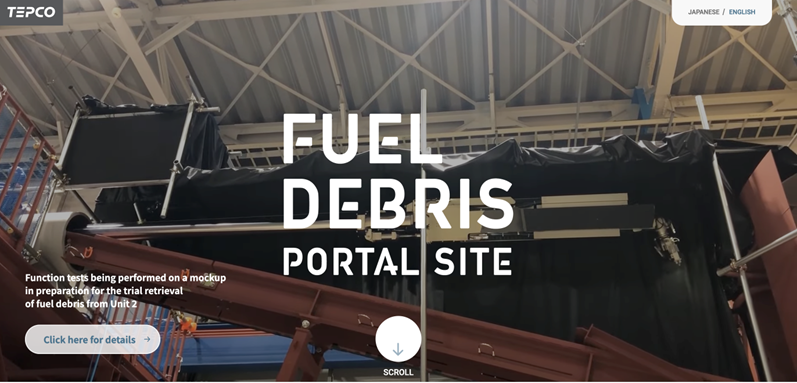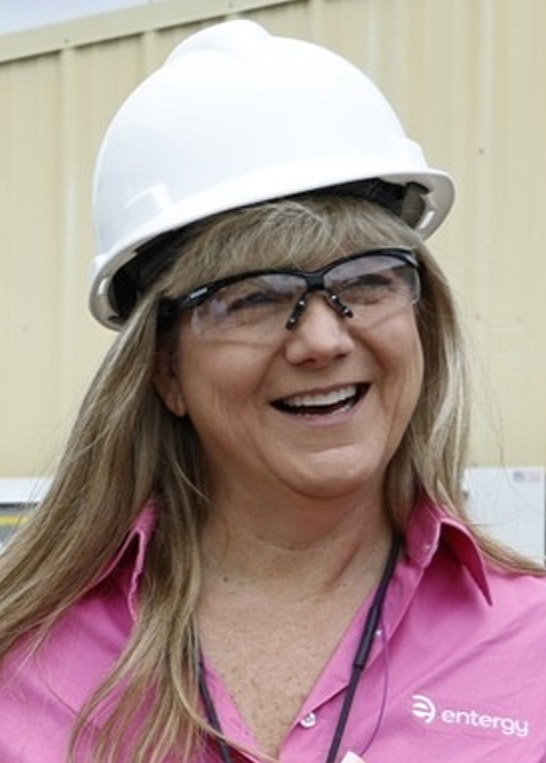Data from Table 1 from DOE’s SA&I report shows the potential new nuclear generation at 145 coal power plant sites with nameplate capacities above 600 MWe. (Source: DOE, Evaluation of Nuclear Power Plant and Coal Power Plant Sites for New Nuclear Capacity)
The Department of Energy’s Office of Nuclear Energy has released a new report estimating that there may be the potential to install 60 GWe–95 GWe of new capacity at currently operating and recently retired nuclear power plants in the United States. The report also evaluated the potential of building new nuclear plants near current and retired coal power plants. The report, titled Evaluation of Nuclear Power Plant and Coal Power Plant Sites for New Nuclear Capacity, was prepared as part of DOE-NE’s Systems Analysis and Integration (SA&I) campaign.
The outside of the Sample Preparation Laboratory at the Materials and Fuels Complex at Idaho National Laboratory. (Photo: INL)
Idaho National Laboratory has completed substantial construction of the first new hot cell facility at the lab site in 49 years—a Sample Preparation Laboratory (SPL) that will accelerate research, development, and qualification of structural nuclear materials for both existing and new nuclear reactors. In an announcement last week of the milestone and the ribbon-cutting ceremony held to mark it, INL said the SPL is expected to be fully operational in 2025.
Understanding how several different metals—such as the contents of PNNL’s space-bound cube—react to radiation in space will help scientists understand the potential impact of radiation on space travelers. (Photo: Eddie Pablo/PNNL)
When a SpaceX rocket lifted off from Kennedy Space Center on September 10 (see video here), sending a crewed commercial mission into low Earth orbit, an experiment designed by Pacific Northwest National Laboratory was onboard. Several high-purity metal samples will orbit Earth and absorb cosmic radiation for five days—including that from the Van Allen radiation belt—to help the lab answer questions about the radiation environment for manned space missions, according to a news release from PNNL.
September 12, 2024, 12:00PMNuclear NewsErhard W. Koehler and Anne Jennings N.S. Savannah docked in Baltimore in May 2024. (Photo: MARAD)
The American Nuclear Society was formed in 1954 in the wake of President Eisenhower’s seminal Atoms for Peace speech. Around the same time that Congress was debating the Atomic Energy Act and John Landis was helping establish ANS, the National Security Council began deliberating about adding a nuclear-powered merchant ship to the nascent Atoms for Peace program. We like to imagine that the idea germinated after Mamie Eisenhower christened the U.S.S. Nautilus, but the truth seems much drier. Regardless, Ike championed the project and announced it to a surprised crowd in an April 1955 speech in New York City at the Waldorf Astoria Hotel. Landis would become the principal architect of the ship’s nuclear power plant. Although Savannah’s reactor now rests in the low-level radwaste repository in Clive, Utah, the ship’s prospects are as bright as the future of ANS itself.
Hanford workers recently transferred three containers of nonradioactive test glass from the site’s WTP to the nearby Integrated Disposal Facility. (Photos: DOE)
According to the Department of Energy’s Office of Environmental Management, two contractors at its Hanford Site in Washington state have finished a first-time relay of test glass as the site prepares to vitrify—or immobilize in glass—millions of gallons of radioactive and chemical waste from its large underground tanks.
Video: Watch an “instant replay” of the test glass relay here.
ANS’s Craig Piercy and NEI’s Maria Korsnick announced their organizations’ collaboration at NEA 2024. (Photo: Dot Schneider/ANS)
The American Nuclear Society and the Nuclear Energy Institute have announced a new partnership regarding two of their flagship industry conferences.
ANS’s annual Utility Working Conference and Vendor Technology Expo and NEI’s Nuclear Energy Assembly will merge during the week of September 8, 2025, in Atlanta, Ga. The news was shared during the kickoff of the 2024 NEA meeting, happening this week in Philadelphia, Pa.
Radioactive decontamination waste is held in temporary storage in Iitate Village, Fukushima Prefecture, in 2019. (Photo: O. Evrard, J. P. Laceby, A. Nakao/Wikimedia Commons)
The International Atomic Energy Agency has found that Japan’s planned approach for recycling and disposing of soil and radioactive waste from decontamination activities after the 2011 Fukushima Daiichi nuclear accident is consistent with the agency’s safety standards.
Work begins on the TBI demonstration at the Hanford Site, during which 2,000 gallons of low-activity waste will be treated and shipped off-site for disposal. (Photo: DOE)
The Energy Communities Alliance (ECA), which advocates for communities adjacent to or impacted by Department of Energy sites, is asking the department to conduct an independent analysis evaluating the impacts of delaying the implementation of its statutory interpretation of high-level radioactive waste, which holds that some waste from the reprocessing of spent nuclear fuel may be classified as non-HLW.
DTC Operator Apprentice graduates include David Tolias, Scottie Tarver, Brandon Watkins, Johnaisha Patterson, Dustin Bates, Kyler McKie, Hudson Huckabee, Laura Burgess, Larry Tyler, Kevin Dickson, Matthew Darnall, John Bolin, Austin Harper, Jordan Floyd, and Mina Strickland. (Photo: DOE)
The Department of Energy’s Savannah River Site in South Carolina recently began onboarding 24 graduates from Denmark Technical College in Denmark, S.C., as part of SRS’s Production Operator Apprentice School.


-3 2x1.jpg)
